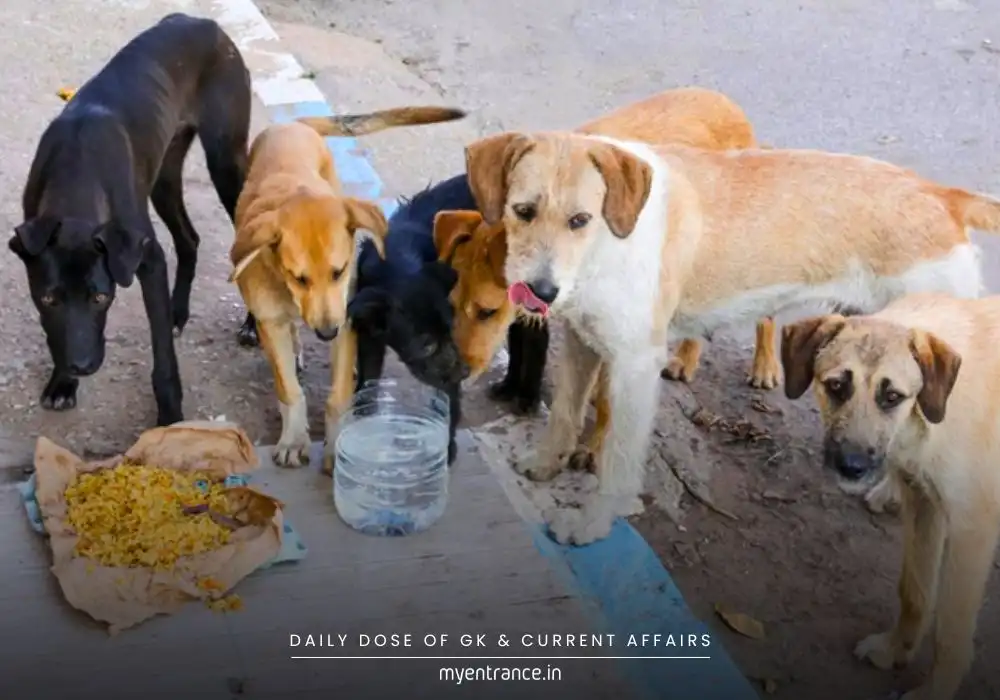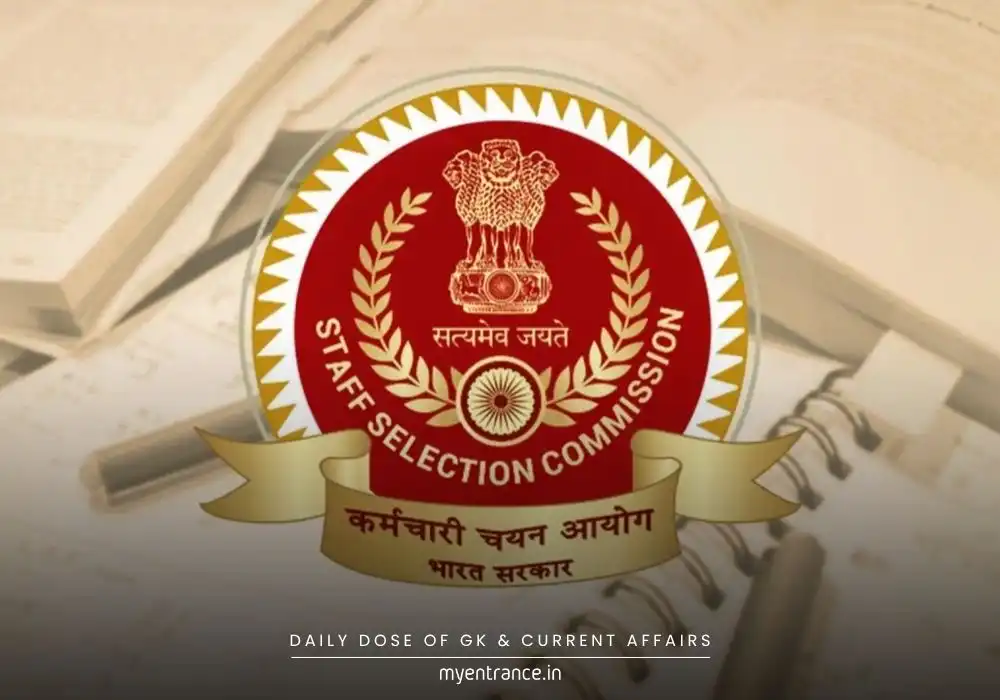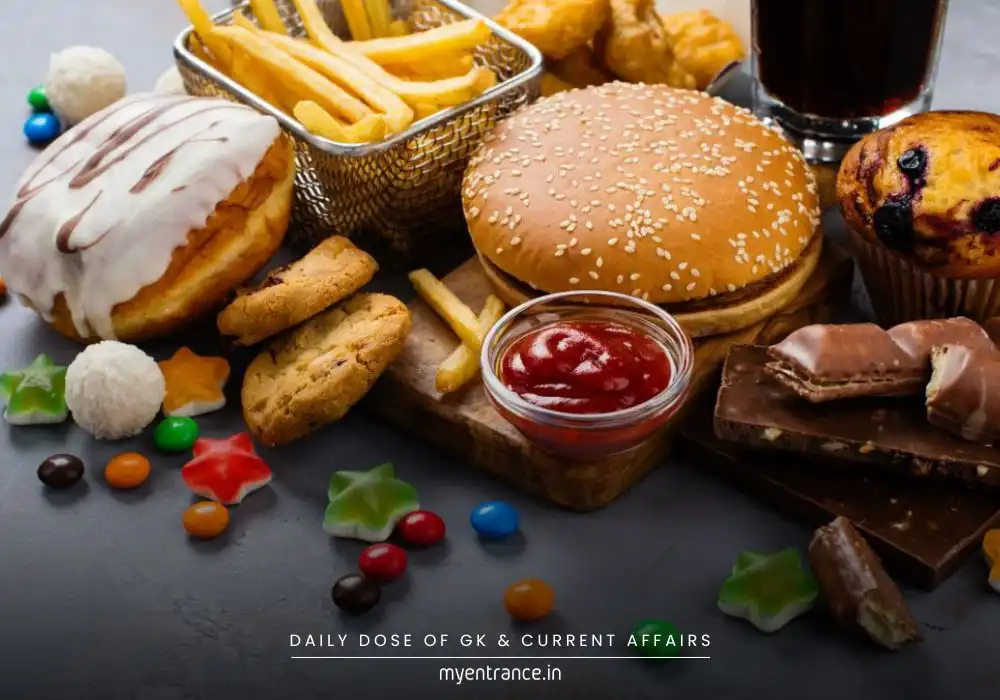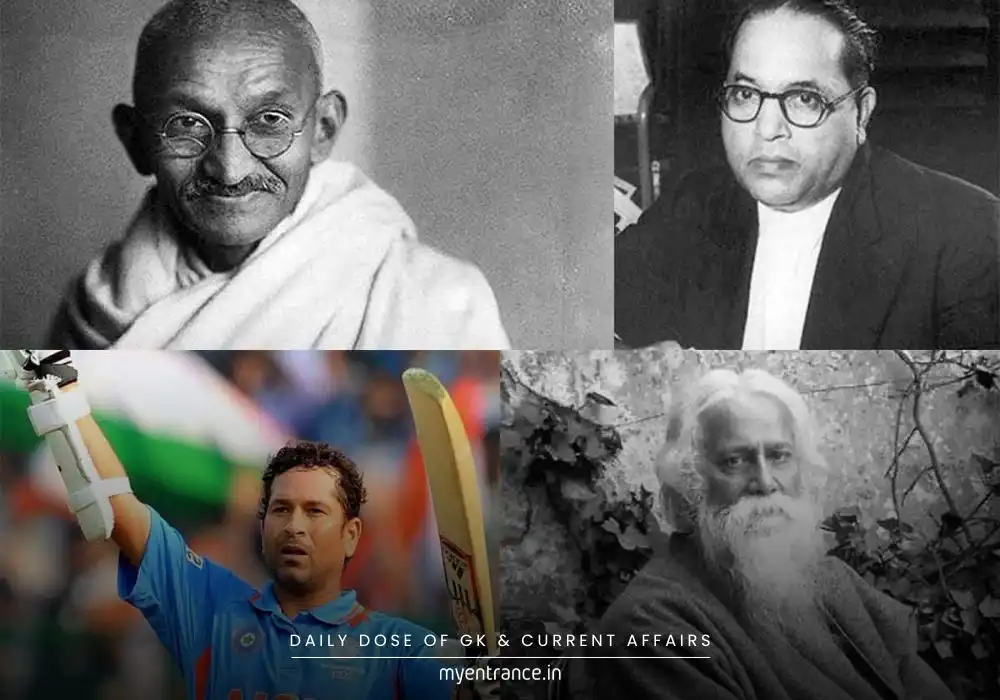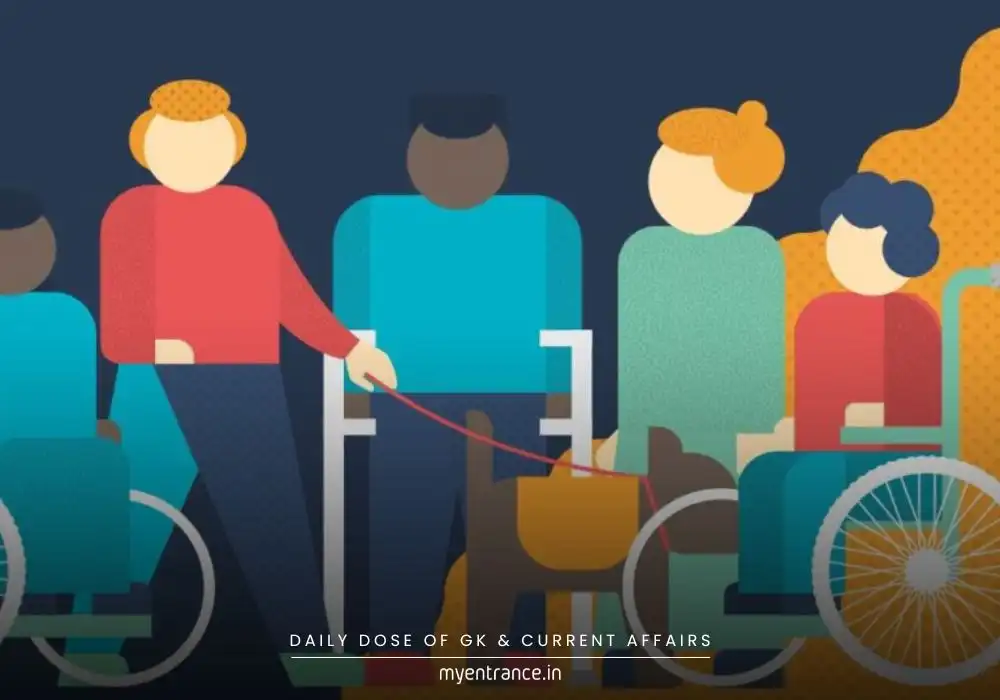Translate Language
Why Did Trump’s Swollen Ankles Make Medical Headlines? (What is Chronic Venous Insufficiency)
Recent reports confirmed US President Donald Trump, 79, has Chronic Venous Insufficiency (CVI), explaining visible leg swelling. This common vascular condition, especially in older adults, involves faulty leg veins struggling to return blood to the heart. Understanding CVI is relevant not just medically, but for competitive exams testing human biology concepts.

Understanding Chronic Venous Insufficiency (CVI): More Than Just Swollen Ankles
Chronic Venous Insufficiency isn’t just about swollen ankles or occasional leg cramps – it’s a significant circulatory system issue. Put simply, it happens when the tiny valves inside the veins of your legs become weak or damaged. These valves are crucial one-way doors; their job is to keep blood flowing steadily upwards towards your heart, fighting gravity.
When these valves fail, blood starts pooling in the lower legs. This backward flow (reflux) increases pressure within the veins, leading to the tell-tale symptoms:
Visible Swelling: Often starting in one ankle/foot and potentially affecting both.
Skin Changes: Skin might become discolored (often reddish-brown), feel leathery, or itch intensely.
Pain & Discomfort: Aching, heaviness, throbbing, or cramping in the legs, worsening after long periods of standing or sitting.
Ulcers: In severe, long-term cases, the increased pressure and poor circulation can cause painful, slow-healing open sores (venous ulcers) near the ankles.
Who is at Risk? While age (especially over 70) is a major factor, CVI isn’t inevitable. Key risk factors include:
Family History: Genetics play a role in vein wall/valve strength.
Obesity: Excess weight increases pressure on leg veins.
Pregnancy: Hormonal changes and pressure from the growing uterus affect veins.
Sedentary Lifestyle/Prolonged Standing/Sitting: Lack of movement hinders blood flow.
Smoking: Damages blood vessels.
High Blood Pressure: Strains the circulatory system.
Past Leg Injuries or Deep Vein Thrombosis (DVT): Blood clots can permanently damage valves.
History of Varicose Veins.
The Heart Connection: Research (like the study from Mainz University, Germany) reveals a concerning link. People with CVI have a roughly 60% higher risk of also having severe cardiovascular disease compared to peers without CVI. While CVI doesn’t cause heart disease, they share common risk factors (age, obesity, inactivity, smoking). CVI can also be a visible indicator of broader circulatory strain.
Diagnosis – Seeing the Problem: Doctors primarily use a Doppler Ultrasound. This painless test uses sound waves to:
Visualize blood flow in real-time.
Spot blockages or blood clots (DVT).
Check if valves are leaking or malfunctioning.
Treatment: From Stockings to Glue: Management focuses on improving flow and reducing symptoms:
Lifestyle Changes: Weight management, regular walking/exercise, avoiding long static periods, leg elevation.
Compression Stockings: The cornerstone treatment. These specially fitted stockings apply pressure, helping veins and muscles move blood upward.
Medications: Drugs (venoactive agents) can sometimes improve vein tone and reduce swelling/inflammation.
Minimally Invasive Procedures (for severe cases):
Laser Ablation (EVLA): A thin laser fiber is inserted into the damaged vein. Laser energy heats and seals the vein shut. Blood reroutes to healthier veins.
Radiofrequency Ablation (RFA): Similar concept to laser, but uses radiofrequency energy to heat and close the vein.
“Vein Glue” (Cyanoacrylate Embolization): A medical-grade adhesive is injected into the vein, sealing it closed instantly. Blood immediately shifts to healthy veins. This offers a quick procedure with minimal downtime compared to older surgical methods like vein stripping.
Sclerotherapy: Used for smaller varicose/spider veins; a solution is injected to scar and close them.
Artery vs. Vein – A Quick Refresher:
Arteries: Carry oxygen-rich blood away from the heart. They have thick, muscular walls to withstand high pressure. Largest = Aorta.
Veins: Carry oxygen-poor blood back to the heart. They have thinner walls and rely on valves and muscle movement to propel blood. Located closer to the skin surface than arteries.
Q&A
Q: What is the primary physiological malfunction underlying Chronic Venous Insufficiency (CVI)?
A: CVI occurs due to damaged or weakened valves in the leg veins. These faulty valves fail to prevent blood from flowing backward (reflux) and pooling in the lower legs under gravity, leading to increased venous pressure and symptoms like swelling and skin changes.
Q: Name three significant risk factors associated with developing CVI, besides advancing age.
A: Major risk factors include obesity, prolonged periods of standing or sitting (sedentary lifestyle), deep vein thrombosis (DVT) history, pregnancy, family history of venous issues, smoking, and high blood pressure.
Q: How is a Doppler Ultrasound used in diagnosing CVI?
A: Doppler Ultrasound is a non-invasive imaging test that visualizes blood flow in the veins. It helps identify blood clots (DVT), assesses the function of venous valves (checking for leakage/reflux), and detects any blockages or abnormalities in blood flow patterns in the legs.
Q: What is the “vein glue” procedure, and what advantage does it offer over traditional vein surgery?
A: The “vein glue” procedure (Cyanoacrylate Embolization) involves injecting a medical-grade adhesive into the diseased vein to seal it shut permanently. Its key advantage over traditional surgical vein stripping is that it is minimally invasive, typically requires no general anesthesia, causes less bruising, and allows for faster recovery with immediate return to normal activities.
Q: What link has research suggested between Chronic Venous Insufficiency (CVI) and cardiovascular health?
A: Studies, such as those from Mainz University, indicate that individuals diagnosed with CVI have approximately a 60% higher likelihood of concurrently having severe cardiovascular disease compared to individuals of the same age and gender without CVI. This highlights shared risk factors and the importance of viewing CVI as a potential marker for broader circulatory health issues.
Why is This Important for Exams (SSC, PSC, UPSC, KAS, etc.)?
Direct Syllabus Relevance: Human physiology, particularly the circulatory system (structure and function of arteries, veins, capillaries, blood flow mechanics, common disorders), is a core component of the General Science syllabus for Prelims and General Studies-III (Science & Technology) for Mains in UPSC and similar state PSCs/KAS. CVI is a prime example of a vascular disorder.
Application of Concepts: This case study helps you move beyond rote learning. It demonstrates how knowledge of vein structure, valve function, and blood pressure applies to a real-world medical condition.
Current Affairs Meets Static Portion: Trump’s diagnosis is a current event, but the underlying science (CVI) is static syllabus knowledge. Exams frequently test the ability to link current happenings to fundamental concepts. Understanding the medical explanation behind a headline is crucial.
Understanding Diagnostics & Modern Treatments: Knowing diagnostic tools like Doppler Ultrasound and emerging treatments like “vein glue” ablation reflects awareness of developments in medical technology and their applications – a key aspect of the Science & Technology syllabus.
Public Health Perspective: CVI is a common condition, especially among the elderly. Understanding its causes, prevention (lifestyle factors), and management touches upon public health issues related to non-communicable diseases and aging populations, which are relevant themes in Mains examinations.
Get 3 Months Free Access for SSC, PSC, NIFT & NID
Boost your exam prep!
Use offer code WELCOME28 to get 3 months free subscription. Start preparing today!




